Golden Guo-zheng Sun
User-level Weibo Recommendation incorporating Social Influence based on Semi-Supervised Algorithm
Oct 26, 2012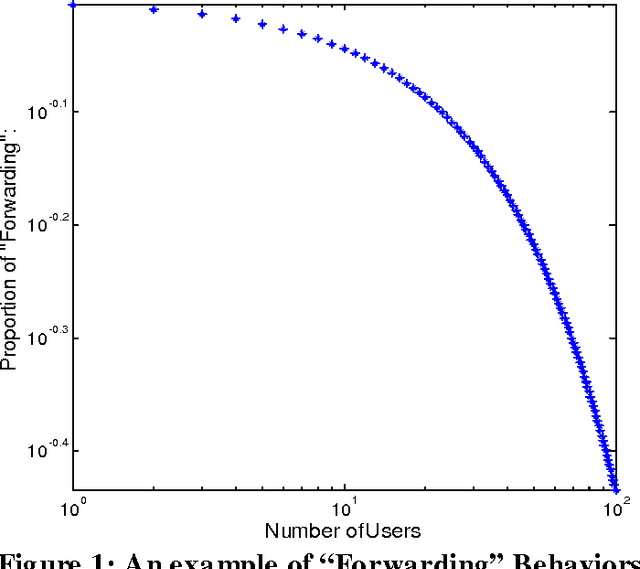


Abstract:Tencent Weibo, as one of the most popular micro-blogging services in China, has attracted millions of users, producing 30-60 millions of weibo (similar as tweet in Twitter) daily. With the overload problem of user generate content, Tencent users find it is more and more hard to browse and find valuable information at the first time. In this paper, we propose a Factor Graph based weibo recommendation algorithm TSI-WR (Topic-Level Social Influence based Weibo Recommendation), which could help Tencent users to find most suitable information. The main innovation is that we consider both direct and indirect social influence from topic level based on social balance theory. The main advantages of adopting this strategy are that it could first build a more accurate description of latent relationship between two users with weak connections, which could help to solve the data sparsity problem; second provide a more accurate recommendation for a certain user from a wider range. Other meaningful contextual information is also combined into our model, which include: Users profile, Users influence, Content of weibos, Topic information of weibos and etc. We also design a semi-supervised algorithm to further reduce the influence of data sparisty. The experiments show that all the selected variables are important and the proposed model outperforms several baseline methods.
Topic-Level Opinion Influence Model(TOIM): An Investigation Using Tencent Micro-Blogging
Oct 24, 2012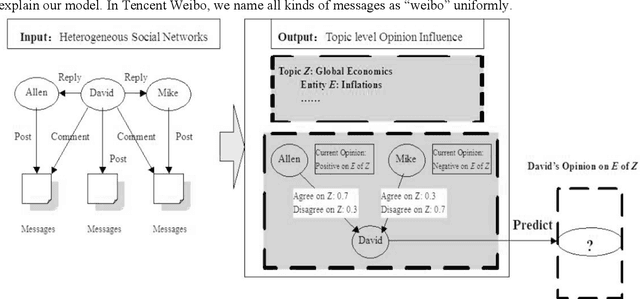
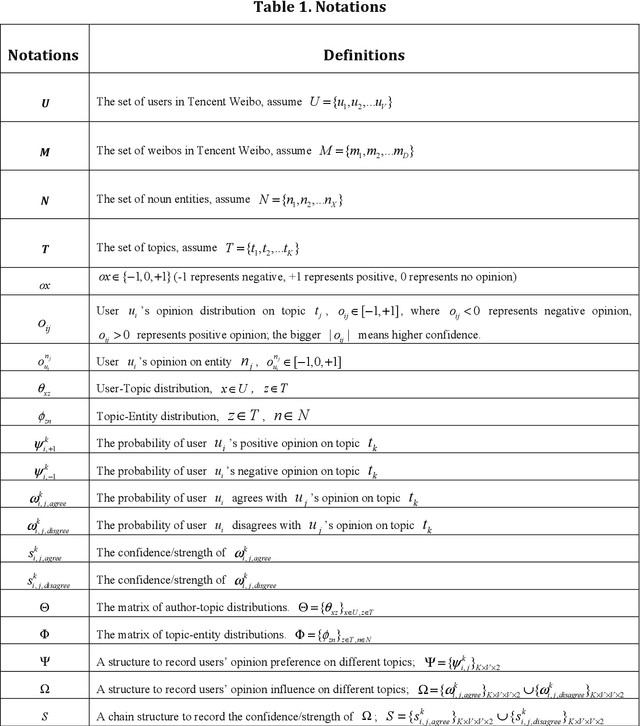
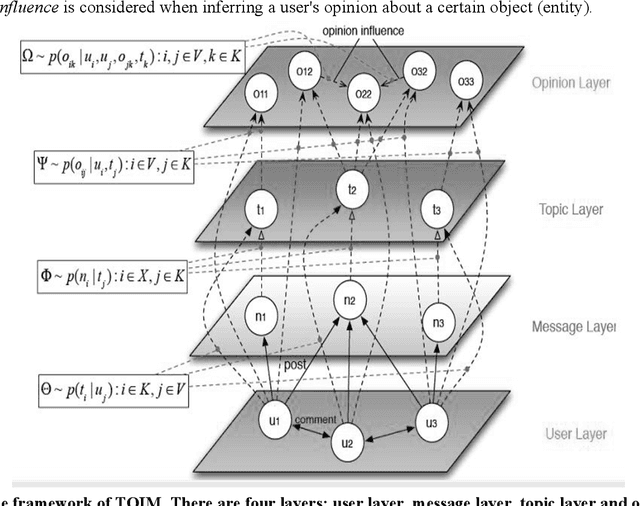
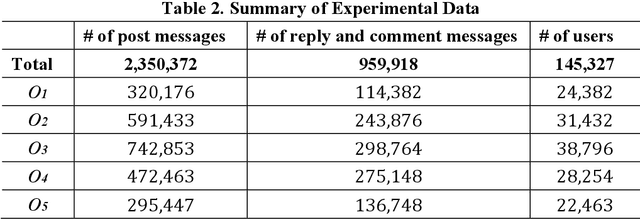
Abstract:Mining user opinion from Micro-Blogging has been extensively studied on the most popular social networking sites such as Twitter and Facebook in the U.S., but few studies have been done on Micro-Blogging websites in other countries (e.g. China). In this paper, we analyze the social opinion influence on Tencent, one of the largest Micro-Blogging websites in China, endeavoring to unveil the behavior patterns of Chinese Micro-Blogging users. This paper proposes a Topic-Level Opinion Influence Model (TOIM) that simultaneously incorporates topic factor and social direct influence in a unified probabilistic framework. Based on TOIM, two topic level opinion influence propagation and aggregation algorithms are developed to consider the indirect influence: CP (Conservative Propagation) and NCP (None Conservative Propagation). Users' historical social interaction records are leveraged by TOIM to construct their progressive opinions and neighbors' opinion influence through a statistical learning process, which can be further utilized to predict users' future opinions on some specific topics. To evaluate and test this proposed model, an experiment was designed and a sub-dataset from Tencent Micro-Blogging was used. The experimental results show that TOIM outperforms baseline methods on predicting users' opinion. The applications of CP and NCP have no significant differences and could significantly improve recall and F1-measure of TOIM.
 Add to Chrome
Add to Chrome Add to Firefox
Add to Firefox Add to Edge
Add to Edge